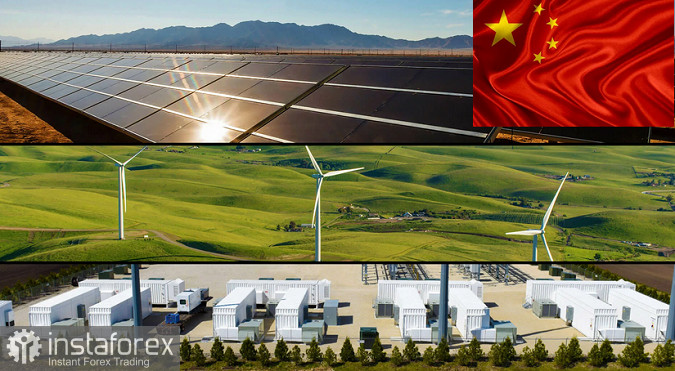
According to the China Electricity Council, by the end of the year, China will lead the world's biggest increase in wind power capacity.
According to Reuters, this year, China is planning to add 180 GW of new capacity from non-fossil fuel sources, boosting total non-fossil fuel capacity to 1,300 GW.
This will account for one half of the CEC's forecast of total installed power generation capacity in China of 2,600 GW by the end of 2022. By the end of the decade, China is going to increase the capacity of wind and solar energy to 1,600 GW to reduce the pollution level.
China's power industry causes about 41% of the country's total carbon emissions.
Not so long ago, Forbes said that last year, China built more offshore wind power stations than all other countries in the world. It connected about 17GS to the network. Now, the country accounts for a half of the world's offshore wind energy that is 26 GW out of 54 GW.
The report also read that by the end of 2021, the total increase in renewable energy production capacity reached 101 GW.
However, the world leader in the field of renewable energy sources has failed to escape the supply chain problems that affect the global wind and solar energy industries.
Earlier this month, Bloomberg reported that Beijing is investing in new polysilicon production facilities.
It is quite possible that by the beginning of 2023, the global capacity will double compared to the current level. According to an expert from the agency, this could help reduce inflated prices of photovoltaic cells and make solar energy more affordable. However, another crisis is looming on the horizon. According to Rystad Energy, by 2030, the global copper market may face a deficit of more than 6 million tons.





















